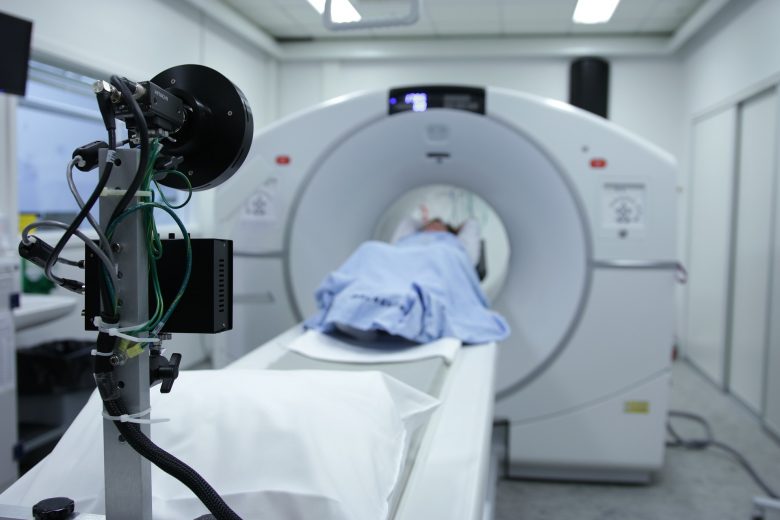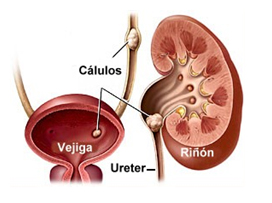
Endoscopic surgery for stones in the urinary tract
A stone in the urinary tract usually begins to form as a result of the accumulation of the crystals that travel in the urine. This crystals can grow until it forms a larger solid mass which can end up obstructing the flow of urine from the kidneys to the bladder.
A renal colic is the most common form of urinary lithiasis, an intense pain which appears suddenly and generates worry and therefore makes it impossible for the patient to adopt a position that aliviates the pain. The pain is focussed on the back at the height of the final ribs on one or other side depending on the position of the kidney stones.
Treatment for urinary tract stones
Renourethral lithiasis is the third most common urinary problem. The number of people affected annually in Spain is over two million, and between 5-10% will have symptoms. We offer diagnosis and treatment for this pathology which includes the following
Observation: Follow up until spontaneous expulsion is achieved, which happens in the majority of patients.
Treatments

- Extracorporeal shock-wave lithotripsy (ESWL) in an outpatient setting with sedation.
- Rigid and flexible uretheroscopy. Lithofragmentation using Holmium-Yag Laser.
- Endoscopic percutaneous nephrolithotomy.
- Urethral catheterization under sedation.
- Anterograde and retrograde pyelography.


